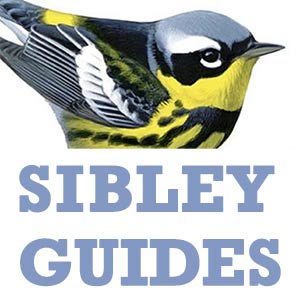White-crowned Sparrow subspecies – Where?
There are five subspecies of White-crowned Sparrow, and in most parts of North America it is possible to see more than one subspecies during part of the year. Identification of subspecies is covered in the Sibley Guide to Birds and in Dunn et al. 1995. Maps of band recoveries (from the Canadian Atlas of Bird […]
White-crowned Sparrow subspecies – Where? Read More »

